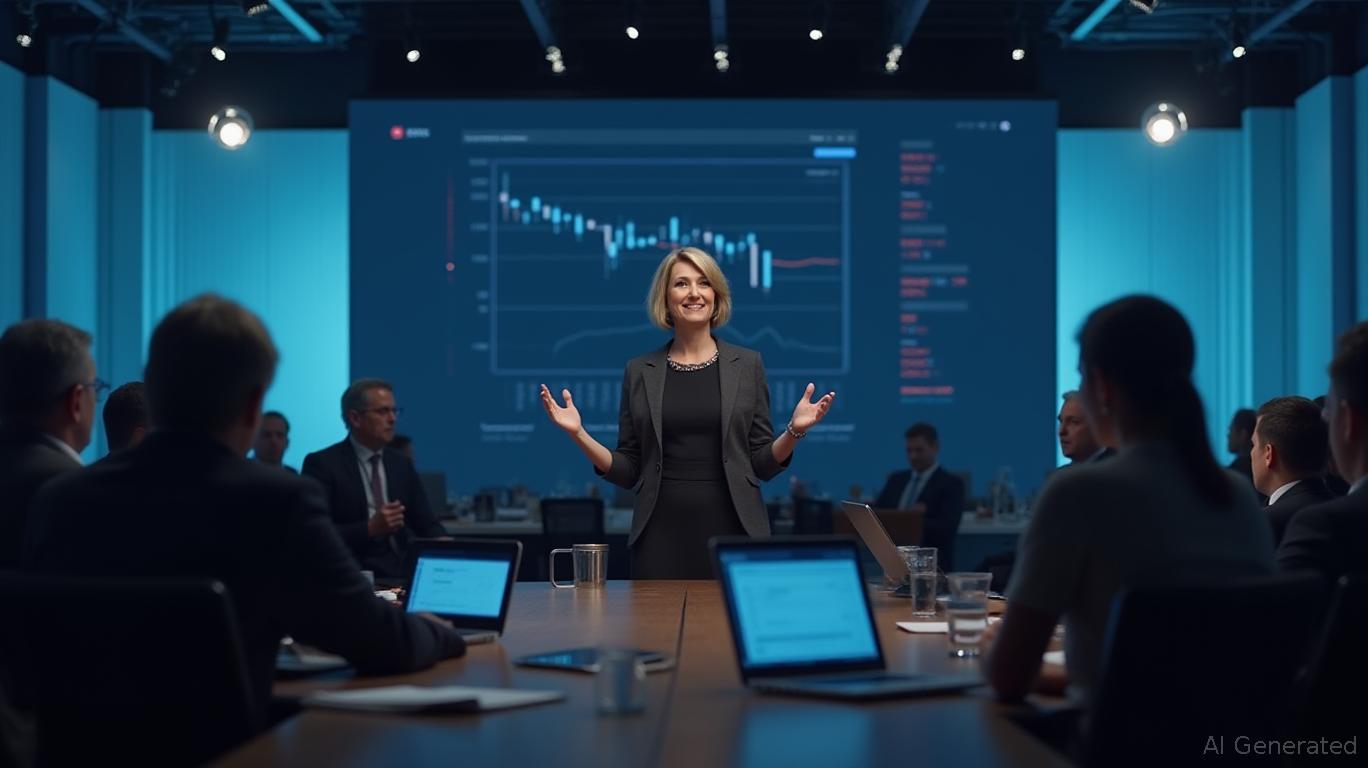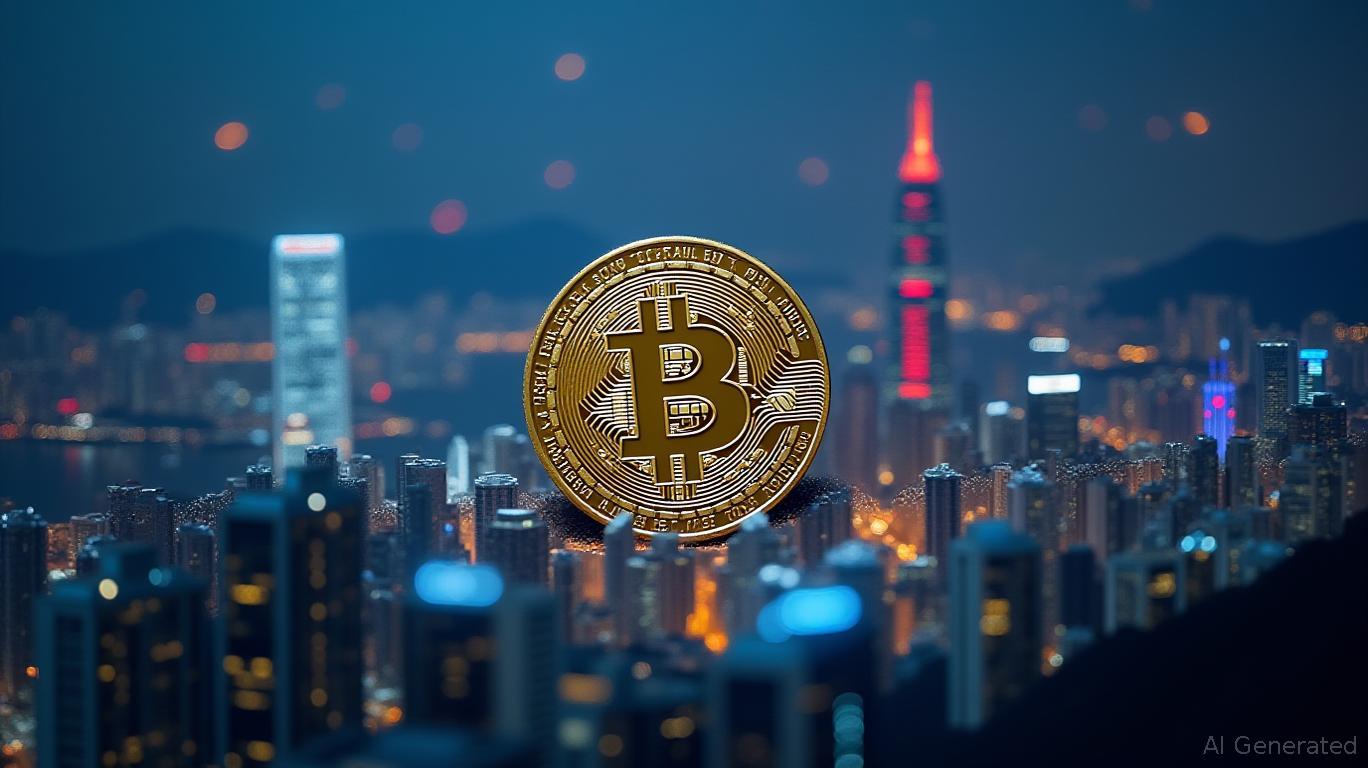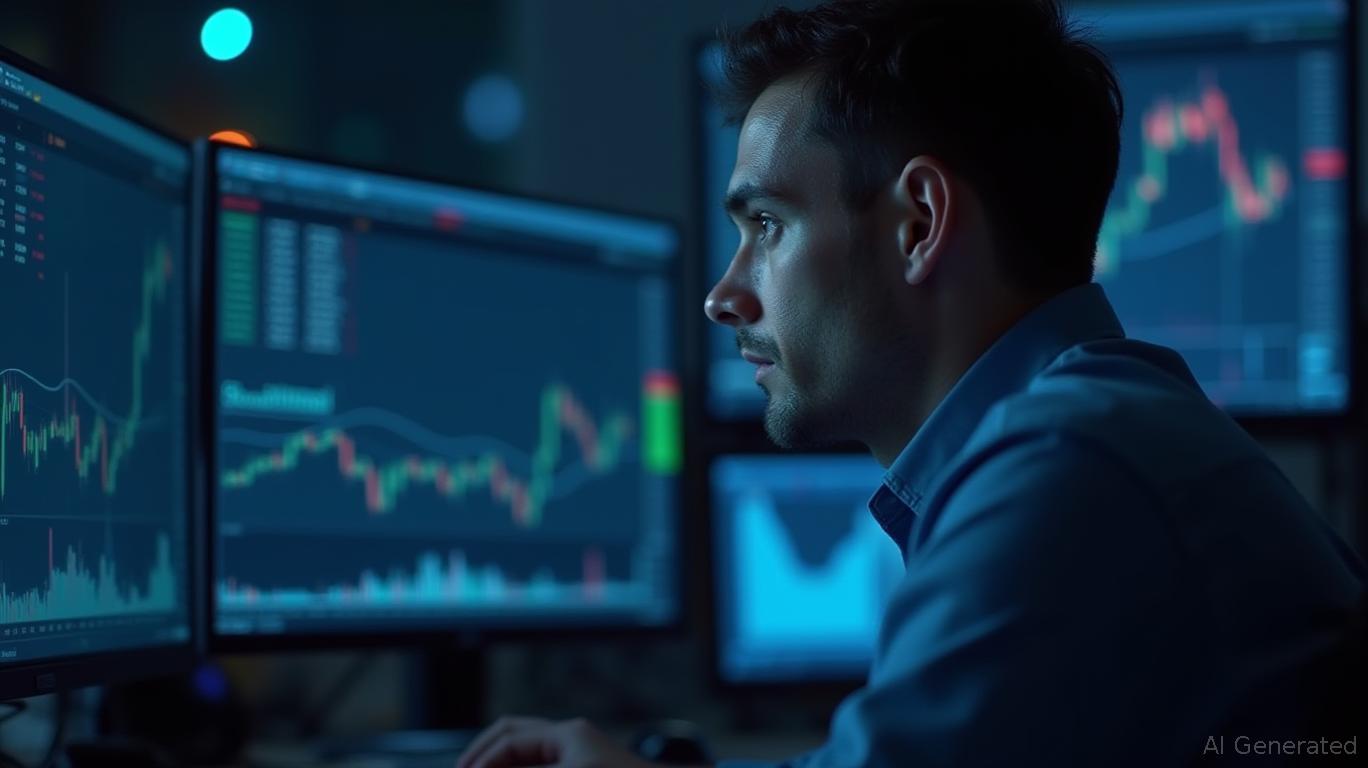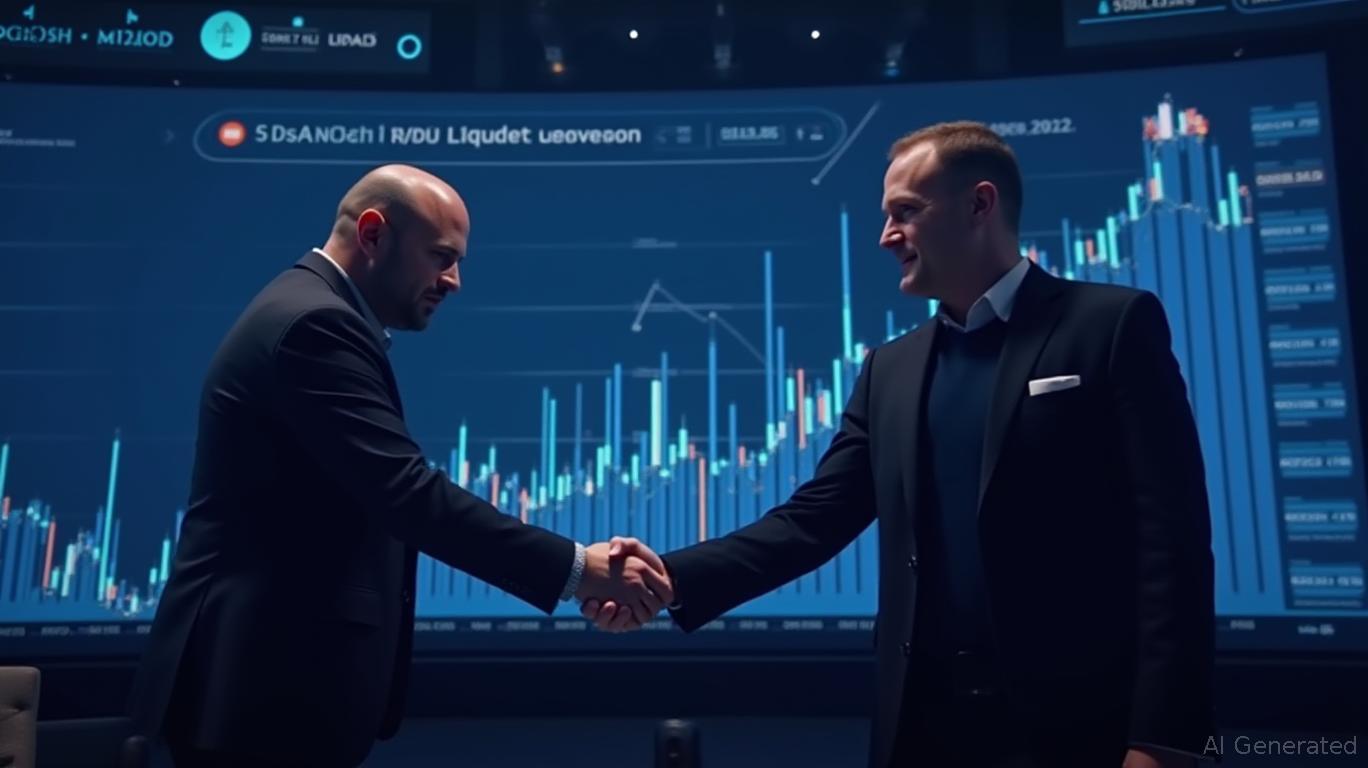OpenAI's $1 Trillion Public Offering: Powering the Future of Artificial Intelligence
- OpenAI plans a 2027 IPO targeting a $1 trillion valuation, potentially the largest public market debut in history. - The for-profit restructuring and Microsoft's support aim to secure $60+ billion for AI infrastructure and chip development. - The IPO's success depends on market conditions, regulatory approvals, and competition from rivals like Google and Anthropic. - A $1 trillion valuation would rival major tech giants, highlighting generative AI's growing global market influence.
OpenAI is reportedly gearing up for an initial public offering (IPO) that could see the artificial intelligence leader valued as high as $1 trillion, multiple sources say, making it one of the most significant stock market launches ever. The company is said to be eyeing a regulatory filing as soon as the latter half of 2026, with a public listing targeted for 2027, a timeline Chief Financial Officer Sarah Friar is believed to be pursuing,
If successful, the listing would be a major turning point for OpenAI, which recently restructured as a for-profit company—a necessary step to go public,

The anticipated $1 trillion valuation would be double OpenAI’s last private fundraising, which placed its worth at $500 billion, as noted by Bloomberg Law. Experts suggest that the IPO could equip Altman with the funding needed to speed up OpenAI’s long-term plans, including investments in AI infrastructure like data centers and next-generation chip technology, according to Investing.com. Still, the IPO’s outcome will depend on market conditions and regulatory clearance, and insiders caution that the specifics may change, Reuters has reported.
This public offering would also highlight the expanding role of generative AI in the global economy. Should OpenAI reach its projected market cap, it would stand alongside the world’s largest tech companies, emphasizing the industry’s vast potential. The organization’s pursuit of human-level artificial intelligence is central to its mission, though it continues to face competition from companies such as Google and Anthropic, analysts observe.
Disclaimer: The content of this article solely reflects the author's opinion and does not represent the platform in any capacity. This article is not intended to serve as a reference for making investment decisions.
You may also like
Hong Kong’s SFC Sets Clear Crypto Guidelines to Draw Investment and Protect Investors
- Hong Kong's SFC proposes crypto regulatory guidelines to address corporate holdings transparency gaps and support digital asset innovation. - The initiative targets investor protection by mandating disclosure of crypto reserves, governance structures, and risk mitigation strategies for listed firms. - Driven by rising corporate adoption of crypto as treasury diversification tools, the rules aim to standardize practices amid market volatility and opaque disclosures. - Hong Kong's framework aligns with glo

Bitchat's Mesh Network Demonstrates Strength Amid Jamaica's Failing Infrastructure
- Bitchat, Jack Dorsey's decentralized messaging app, became Jamaica's second-most downloaded app during Hurricane Melissa's infrastructure collapse. - The Bluetooth mesh network app enabled encrypted offline communication as 70% of Jamaica's internet connectivity was lost. - Bitchat's "location notes" feature helped mark safe zones while similar surges occurred in Nepal, Indonesia, and Madagascar during crises. - EU's Chat Control law debates over encryption surveillance contrast with Bitchat's decentrali


Solana News Update: Circle Boosts Solana DeFi Liquidity with $500M USDC Infusion
- Circle injected $500M in USDC on Solana via two $250M mints, boosting liquidity for DeFi and institutional activity. - Solana's high TPS and low fees position it as a key stablecoin hub, with USDC's compliance enhancing trust in DeFi infrastructure. - Market response showed increased DEX volumes and whale investments, signaling growing institutional confidence in Solana's ecosystem. - Circle's multichain strategy and regulatory engagement aim to solidify USDC's dominance over USDT while navigating evolvi
